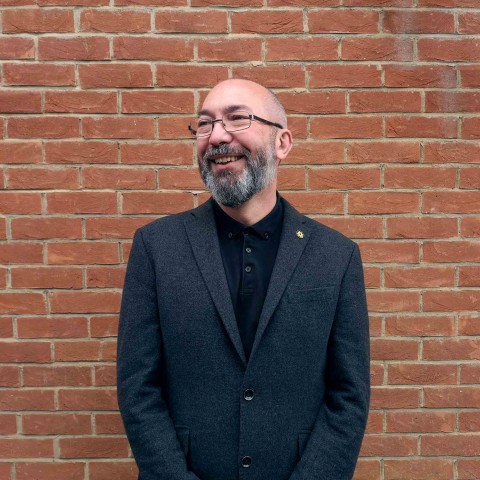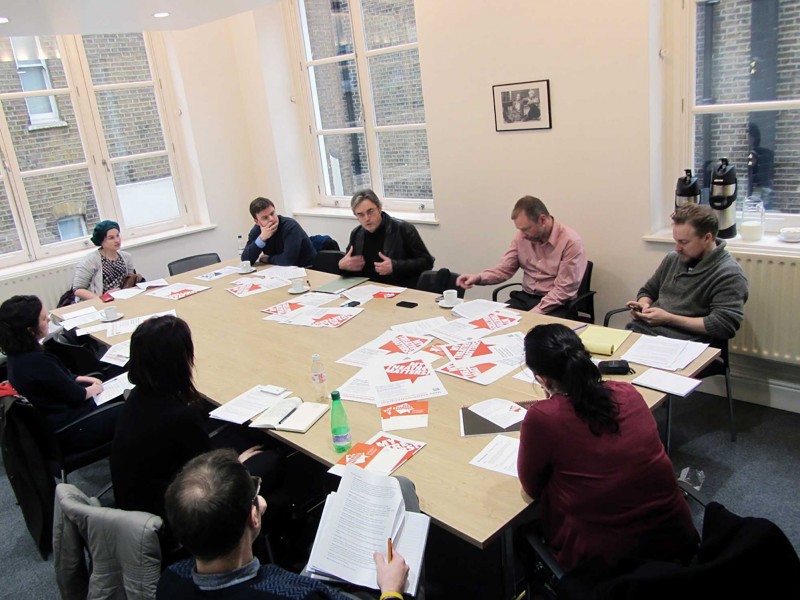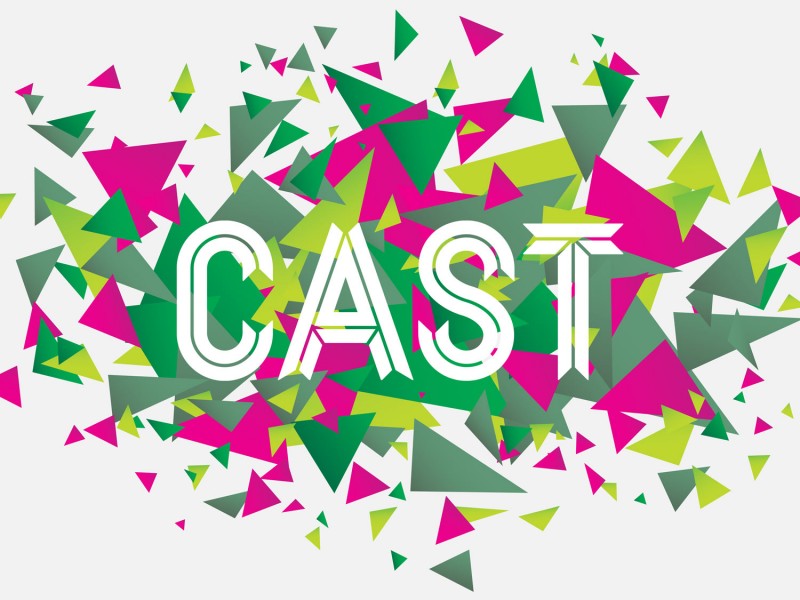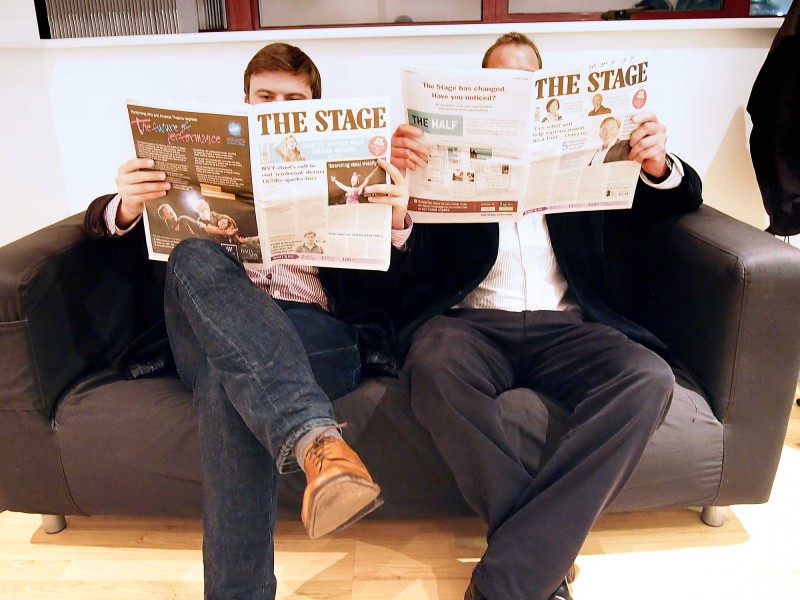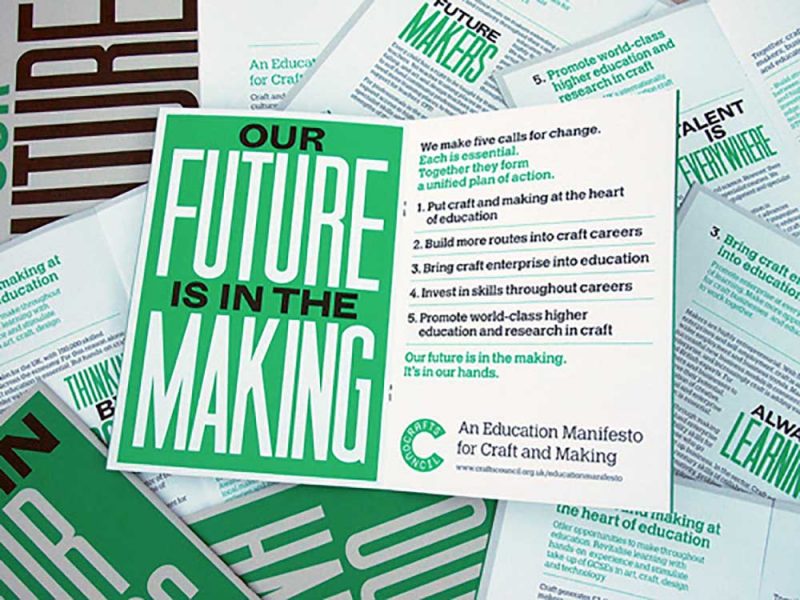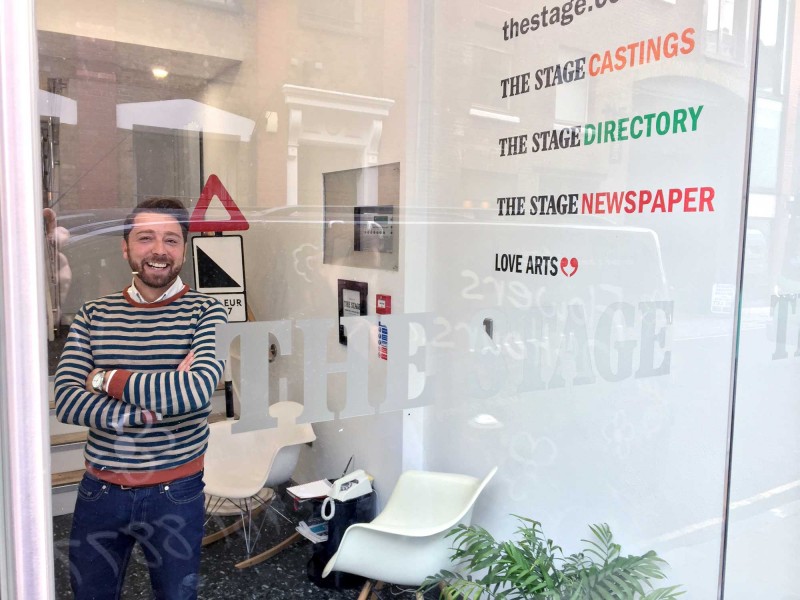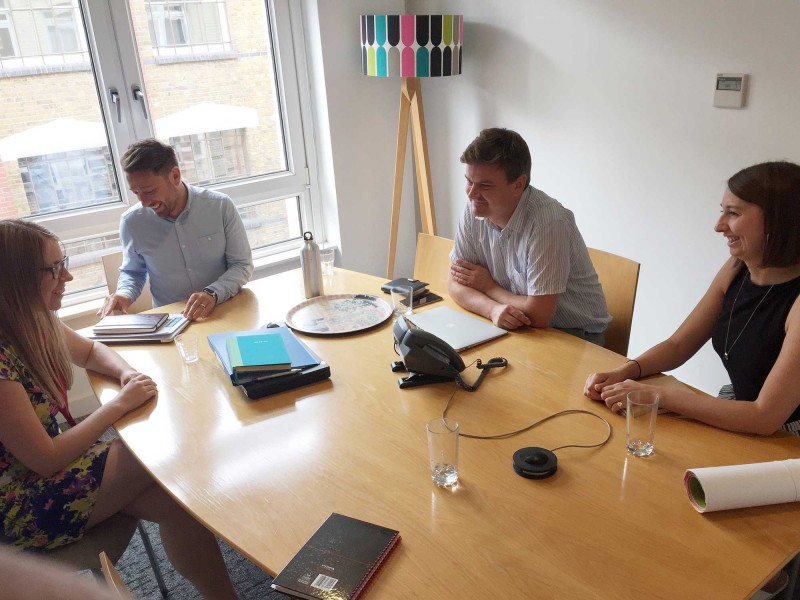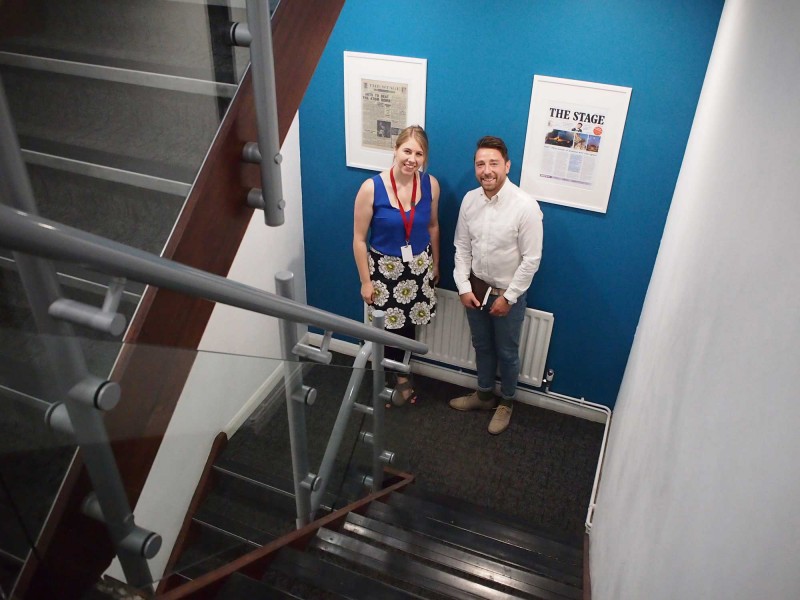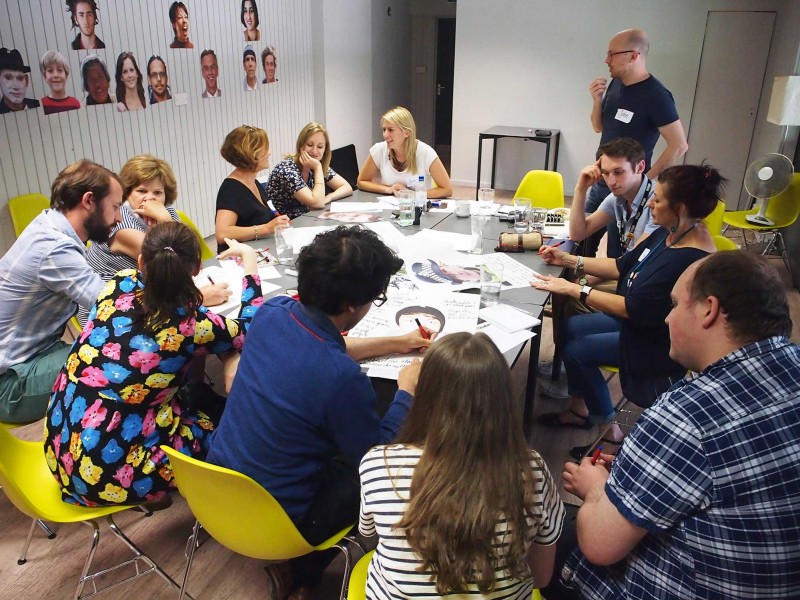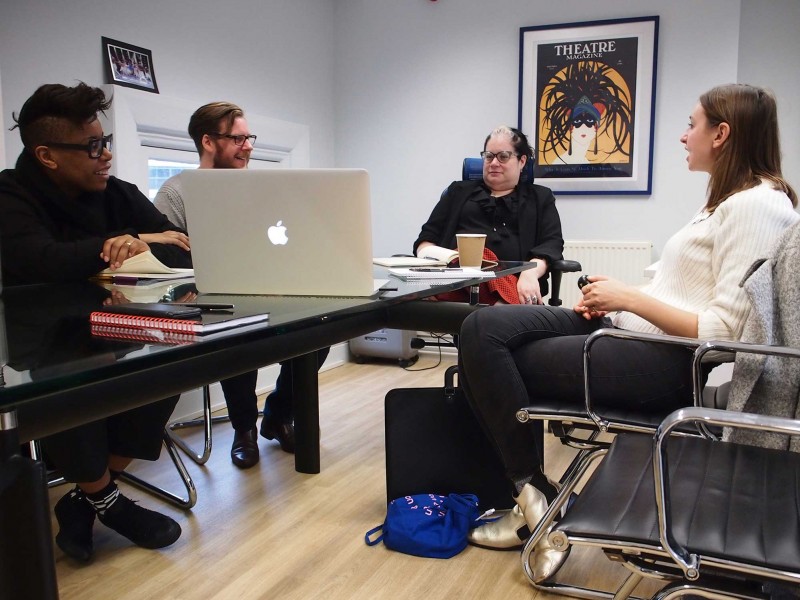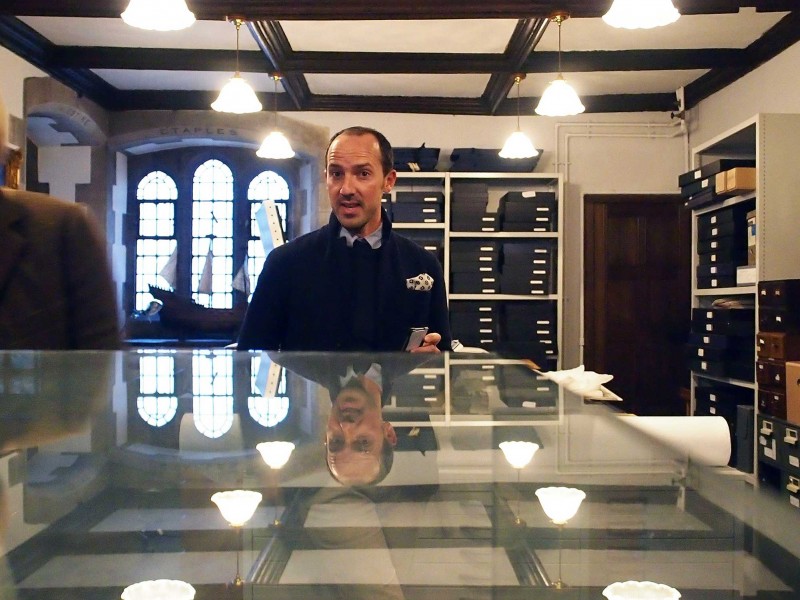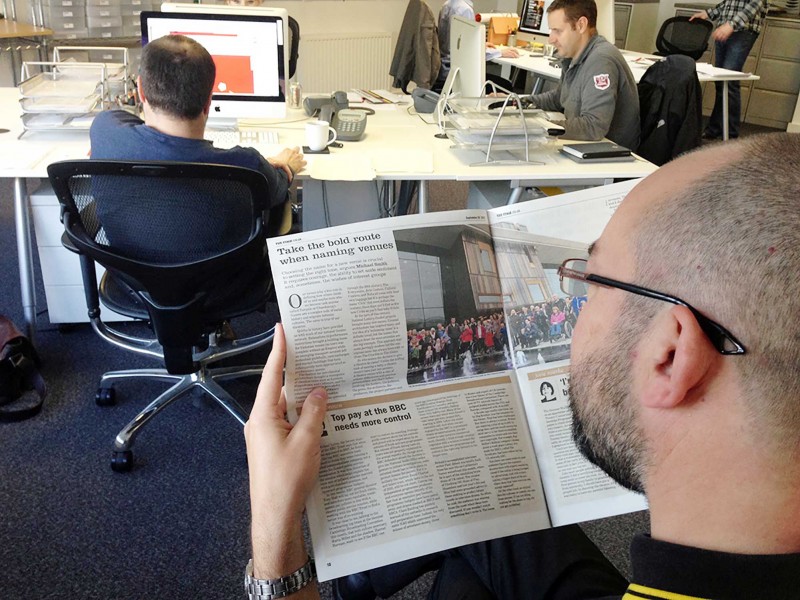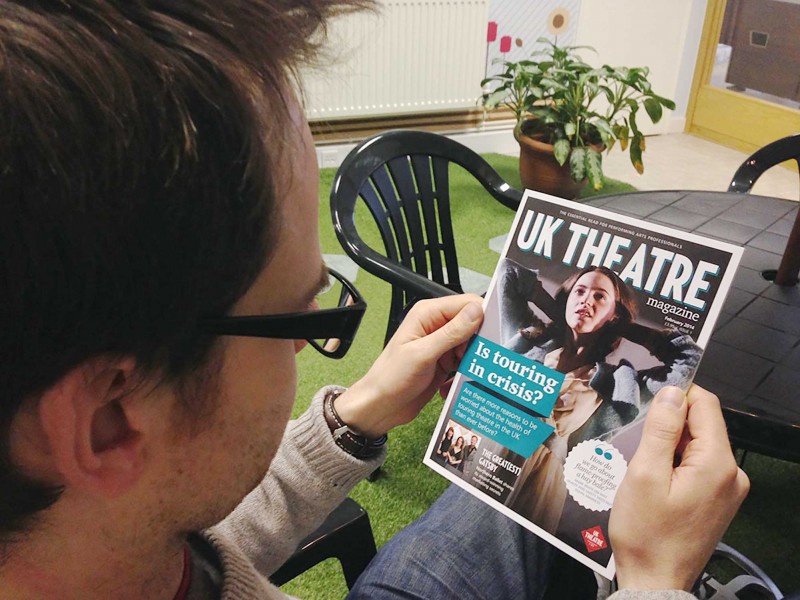In 2013, after the success of our work for Cast, The Stage asked me to write an article about the process of naming a venue. Here’s that article…
What’s in a name?
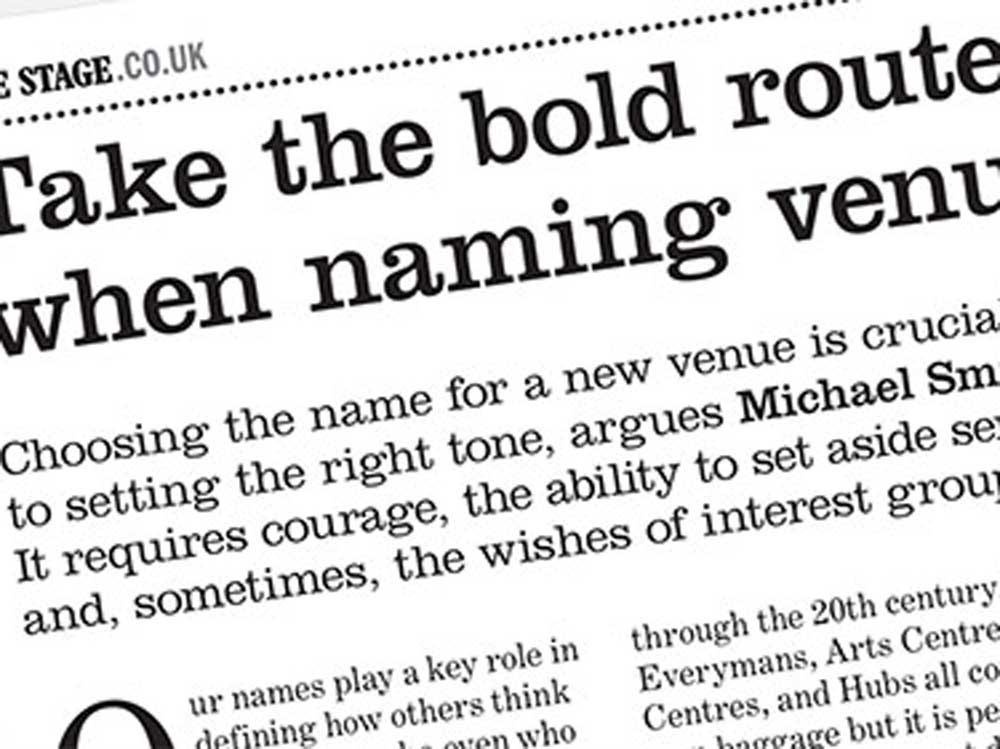
Our name plays a key role in defining how others think of us and maybe even who we become (ask anyone called Tarquin, or Chardonnay). Names are a complex code of social history, they migrate between cultures, they pass through family trees and hyphens are grafted between them. The same is true of our theatres.
Quirks in history have provided us with much of our national theatre network. Relaxations in performance restrictions brought a building boom for Victorian venues (no town was complete without an Empire) whilst an emerging transport network left redundant guildhalls, corn exchanges and market buildings that have subsequently been appropriated as performance spaces.
The fashion for neo-classical architecture brought a resurgence of classical titles such as Lyceum, Hippodrome and Coliseum, and the royal connection has provided a consistent convention of Palace Theatres since the reformation. Fashions in language also prevailed through the 20th Century. The Everymans, Arts Centres, Cultural Centres, and Hubs all come with their own baggage but it is perhaps the name, Civic that most defines the century;these days you’ll find as few new Civics as you’ll find baby Ethels.
At the turn of this century, National Lottery funded projects brought many new names. Unusual architecture has inspired many, and the idea of a ‘welcoming home’ is a definite trend, but the names that always draw the most attention are the big concepts. This approach may seem jarringly modern but the conceptual name has always been with us (from The Crucible to The Globe).
So who makes the decision to give a theatre its name? Unlike the trifling task of naming a baby, a theatre doesn’t have just two parents. A theatre comes with a clan of artistic differences and precious personalities, and that’s before involving the funders, the audience, the press, the architects, the producers, the project partners and sponsors. There’s no fixed convention and it doesn’t sit in anyone’s job description.
There’s no date with the registrar either. Default names are often adopted without much care: something has to be put on a funding application, or a local authority makes its mark before an administration changes. It might not yet be in the public domain but once a name is in circulation it’s very difficult to halt that momentum.
Most big venue projects now have a branding agency involved; with some notable exceptions they can bring a useful objective voice. My agency has been involved in quite a few venue projects. A name is often in play before we are involved but occasionally we get to exert some influence. About a year ago we were given the rare opportunity of naming a new theatre. Last week, that venue, in the centre of Doncaster, opened under the name of Cast.
As soon as we were appointed there was pressure to just pick a name. All the planning referred to the Doncaster New Performance Venue and there was serious debate about keeping that. We were lucky that the key players, including newly appointed Director, Kully Thiarai, were prepared to hold out for the right solution.
As part of our branding work we met with as many interested groups as we could gather. We listened. We couldn’t stop people offering forthright naming opinions: it had to be called The Civic (after the soon to be demolished existing theatre); it must be named after a local celebrity, perhaps Lester Piggott or one of his winning horses, Brian Blessed or Lesley Garrett, even Jeremy Clarkson was thrust at us. There was also a powerful voice lobbying for Camelot for reasons we never quite understood.
Apart from those suggestions, the sessions were incredibly insightful. We built a picture of a town with a huge, largely hidden, community of practitioners in the arts, from dance classes to amateur opera via an active jazz club and the legacy of brass bands. Everyone was passionate about the town and its heritage but they wanted to look to the future not wallow in the past; this theatre would be a catalyst for that community.
It was clear that we needed to challenge convention, the name shouldn’t be about theatrical history, or the stunning building, or a local celebrity; it needed to be about the people of Doncaster, the audience. After an inordinate amount of thinking and working, we found, hidden in plain site, a name that encapsulated our thinking. Cast is about people, it has theatrical allusions, and it puts the venue in the middle of Doncaster whilst referencing the town’s industrial heritage, all through four letters.
The name, Cast, now seems like an obvious, effortless solution and has been enthusiastically embraced by all involved. It’s been said before that success has many parents whilst failure is an orphan. I’m proud that we’ve delivered Cast to its happy extended family.


